

Articles
How Much Paint Needed For Living Room
Modified: December 7, 2023
Discover how articles can help you determine the amount of paint needed for your living room and achieve the perfect finish. Get tips and tricks for accurate calculations.
(Many of the links in this article redirect to a specific reviewed product. Your purchase of these products through affiliate links helps to generate commission for Storables.com, at no extra cost. Learn more)
Introduction
Welcome to our comprehensive guide on determining how much paint you need for your living room. Painting a room can be an exciting endeavor, whether you’re looking to refresh the space with a new color or give it a complete makeover. However, one of the most common questions that arises is, “How much paint do I actually need?” Calculating the right amount of paint is crucial to avoid purchasing unnecessary gallons or running out mid-project.
In this article, we will explore the various factors to consider when determining the amount of paint needed for your living room. From assessing the size of the room to understanding the different types of paint and coverage, we’ll provide you with all the information you need to confidently estimate your paint requirements.
By following our step-by-step suggestions and tips, you’ll be able to plan and execute your painting project with ease. So, let’s dive in and make sure you have just the right amount of paint to beautify your living room!
Key Takeaways:
- Ensure an accurate estimation of paint needed for your living room by considering factors like surface area, number of coats, and paint type. Measure carefully and plan for future touch-ups to avoid inconvenience.
- Understanding the size of your living room and the coverage capabilities of different paint types will help you calculate the right amount of paint needed for a successful and cost-effective painting project. Take precise measurements and consider future touch-up requirements for a seamless experience.
Read more: How Much Does It Cost To Paint A Living Room
Factors to Consider
When determining how much paint you need for your living room, there are several important factors to consider. By taking these into account, you can ensure an accurate estimation, saving you both time and money. Here are the key factors to keep in mind:
- Surface Area: The size of your living room’s walls and ceilings will have a major impact on the amount of paint required. Larger surfaces will naturally require more paint, while smaller rooms may need less. Take precise measurements of the walls and ceiling to calculate the overall surface area that needs to be covered.
- Number of Coats: Consider how many coats of paint you plan to apply. If you’re painting over a darker color with a lighter one, multiple coats may be needed to achieve the desired result. Keep in mind that each coat will require additional paint.
- Trim and Windows: Don’t forget to factor in any trim or windows in your living room. These areas will require a different type of paint and should be included in your overall calculations.
- Paint Type and Coverage: Different types of paint have varying levels of coverage. For example, a high-quality paint may require fewer coats to achieve full coverage compared to a lower-quality paint. Consider the paint type you’re using and its coverage capabilities when estimating the amount needed.
- Furniture and Accessories: Take into account the furniture and accessories in your living room. If you plan to move them out of the way while painting, you may need to make adjustments to your calculations based on the amount of space that will be uncovered.
By considering these factors, you’ll have a better understanding of how much paint you need to ensure a successful painting project. Let’s move on to determining the size of your living room and how it impacts your paint requirements.
Determining the Size of the Living Room
To accurately estimate the amount of paint needed for your living room, you first need to determine its size. This involves measuring the surface area of the walls and ceiling that will be painted. Here’s how you can go about it:
- Measure the Walls: Start by measuring the length of each wall in your living room. Use a tape measure to get the most precise measurements possible. Write down the measurements for each wall.
- Calculate Wall Area: Once you have the measurements for each wall, multiply the length of each wall by its corresponding height. This will give you the surface area of each wall. Add up the surface areas of all the walls to get the total wall area.
- Measure the Ceiling: Measure the length and width of the ceiling in your living room. Multiply these measurements to obtain the surface area of the ceiling.
- Calculate Total Area: Add the total wall area and the ceiling area together to get the combined surface area of the living room.
Once you have determined the size of your living room, you will have a better understanding of the amount of paint needed to cover it. However, keep in mind that it’s always a good idea to add a little extra paint to your estimation to account for any touch-ups or future repairs.
Now that you have an idea about the size of your living room, let’s move on to understanding the different types of paint and coverage options available to you.
Types of Paint and Coverage
When it comes to choosing the right paint for your living room, there are various options available, each with different coverage capabilities. Understanding the different types of paint and their coverage properties will help you make an informed decision and estimate the amount of paint needed accurately. Here are some common types of paint:
- Flat Paint: Flat paint has a matte finish and provides excellent coverage. It is great for concealing imperfections on walls but may require multiple coats for full coverage on darker colors or high-traffic areas.
- Eggshell Paint: Eggshell paint has a slight sheen and is more durable than flat paint. It offers good coverage and is easier to clean, making it a popular choice for living rooms.
- Satin Paint: Satin paint has a subtle gloss and is known for its washability. It provides decent coverage and is suitable for living rooms where frequent cleaning is expected.
- Semi-Gloss Paint: Semi-gloss paint has a shiny finish and is highly durable. It offers good coverage and is resistant to moisture and stains, making it suitable for high-traffic areas.
- High-Gloss Paint: High-gloss paint has a reflective finish and is extremely durable. It offers excellent coverage and is resistant to moisture and stains, making it ideal for trim and accents.
Keep in mind that each type of paint will have different coverage capabilities. Higher-quality paints usually have better coverage and may require fewer coats compared to lower-quality paints. Checking the paint can or consulting with a professional at a paint store can provide you with specific information about the coverage provided by the paint you choose.
Understanding the types of paint and their coverage properties will assist you in determining the approximate amount of paint needed for your living room. Let’s move on to calculating the paint needed based on the size and coverage requirements.
Measure the length, width, and height of the living room. Multiply the length by the width to get the square footage. Subtract the square footage of windows and doors. One gallon of paint typically covers 350 square feet, so divide the remaining square footage by 350 to determine how many gallons of paint you’ll need.
Calculating the Paint Needed
Now that you have determined the size of your living room and are familiar with the different types of paint and their coverage capabilities, it’s time to calculate the amount of paint needed. To do this, you’ll need to consider the surface area to be painted and the number of coats required. By following these steps, you can estimate the paint needed more accurately:
- Calculate Wall Paint: Multiply the total wall area of your living room by the number of coats you plan to apply. For example, if your walls have a total surface area of 400 square feet and you plan to apply two coats of paint, you will need 800 square feet of wall paint.
- Calculate Ceiling Paint: Multiply the surface area of your living room’s ceiling by the number of coats. Use the same approach as before to determine the amount of ceiling paint required.
- Add Wall and Ceiling Paint: Add the amount of wall paint and ceiling paint together to get the total paint needed for the living room. This will give you a good estimate of the total amount of paint required for the project.
Keep in mind that these calculations provide a general estimate and may vary depending on factors such as paint type, surface texture, and personal preferences. It’s always a good idea to consult with a professional for more accurate measurements and recommendations tailored to your specific project.
Now that you have a basis for calculating the paint needed, let’s move on to some tips for taking accurate measurements before starting your project.
Read more: How To Paint Living Room
Tips for Accurate Measurements
When it comes to measuring the surface area and estimating the amount of paint needed for your living room, precision is key. Here are some tips to ensure you take accurate measurements:
- Use a Measuring Tape: Invest in a good-quality measuring tape and use it to measure the length and height of the walls, as well as the dimensions of the ceiling. A tape measure will provide more accurate measurements compared to a ruler or yardstick.
- Measure Multiple Times: Measure each wall and the ceiling more than once to ensure accuracy. Take several measurements and calculate the average for better precision.
- Include Doors and Windows: When calculating the wall area, don’t forget to include the surface areas of any doors and windows. Measure each one separately and deduct their measurements from the total wall area to get the accurate surface area to be painted.
- Account for Sloping Ceilings: If your living room has sloping or angled ceilings, take measurements at multiple points along the slope to capture the surface area accurately. Average out the measurements to get an estimate of the total ceiling area.
- Consider Obstacles: Take note of any obstacles such as light fixtures, vents, or electrical outlets that may affect the paintable surface area. Adjust your measurements accordingly to avoid overestimating the paint needed.
By following these tips, you can ensure that your measurements are as precise as possible, leading to a more accurate estimate of the paint needed for your living room. Taking the time to measure carefully will save you from purchasing unnecessary gallons of paint or falling short in the middle of your project.
Now, let’s explore how to estimate any additional paint that may be required for touch-ups or future touch-ups.
Estimating Additional Paint Required
When planning your paint project, it’s always a good idea to estimate the additional paint needed for touch-ups or future repairs. This will ensure that you have sufficient paint on hand to maintain the appearance of your living room in the long run. Here are some factors to consider when estimating the additional paint required:
- Touch-Ups: Take into account the potential need for touch-ups in high-traffic areas or areas prone to wear and tear. Plan for a small amount of extra paint to address any minor blemishes or scuffs that may occur over time.
- Storage: If you anticipate the need for future touch-ups or repairs, consider storing extra paint in a cool and dry place. This will ensure that you have a consistent color match for any future paint touch-ups.
- Paint Type: Different types of paint may age differently and require touch-ups at different rates. Matte or flat paint finishes, for example, may be more prone to showing marks and may need more frequent touch-ups compared to satin or semi-gloss finishes.
- Room Usage: Consider how your living room is used and the level of activity it experiences. If you have children or pets that may cause more wear and tear, it’s wise to estimate a slightly larger amount of additional paint for future touch-ups.
By factoring in these considerations, you can estimate the additional paint required to maintain the appearance of your living room over time. It’s always better to have some extra paint on hand rather than facing the inconvenience of trying to match the color in the future.
With this knowledge, you are now well-equipped to calculate the amount of paint needed for your living room accurately. Let’s conclude this article with a summary of what we’ve covered so far.
Conclusion
Calculating the right amount of paint needed for your living room is essential to ensure a successful and cost-effective painting project. By taking into account factors such as the surface area, number of coats, paint type, and additional paint for touch-ups, you can estimate the paint needed more accurately.
Start by determining the size of your living room by measuring the walls and ceiling. This will give you the total surface area to be painted. Consider the different types of paint available, each with its own coverage capabilities, to select the most appropriate option for your project.
When calculating the paint needed, multiply the surface area by the number of coats and add the wall and ceiling paint together. Remember to account for any additional paint required for future touch-ups and repairs.
To ensure accurate measurements, use a measuring tape, measure multiple times, and include doors, windows, and obstacles in your calculations. Taking these extra steps will help you avoid overestimating or underestimating the amount of paint needed.
By following these guidelines and tips, you can confidently plan your painting project and obtain just the right amount of paint to transform your living room. Whether you’re looking to refresh the space with a new color or give it a complete makeover, accurate estimation of paint requirements will save you time, money, and any potential inconvenience down the line.
Now that you have a comprehensive understanding of how to calculate the paint needed for your living room, it’s time to gather your supplies, choose your colors, and embark on your painting adventure. Enjoy the process and make your living room truly shine with a fresh coat of paint!
Frequently Asked Questions about How Much Paint Needed For Living Room
Was this page helpful?
At Storables.com, we guarantee accurate and reliable information. Our content, validated by Expert Board Contributors, is crafted following stringent Editorial Policies. We're committed to providing you with well-researched, expert-backed insights for all your informational needs.

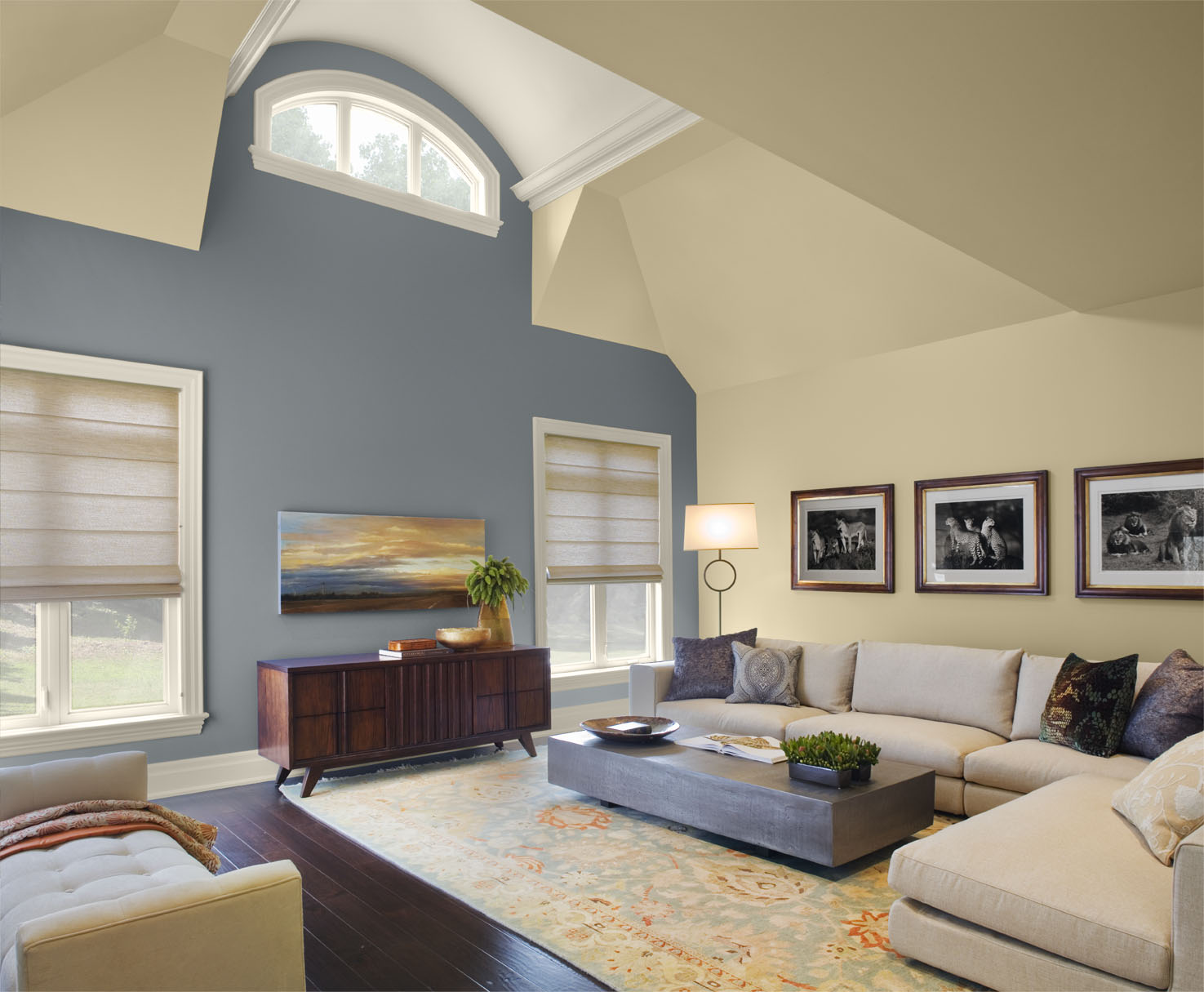
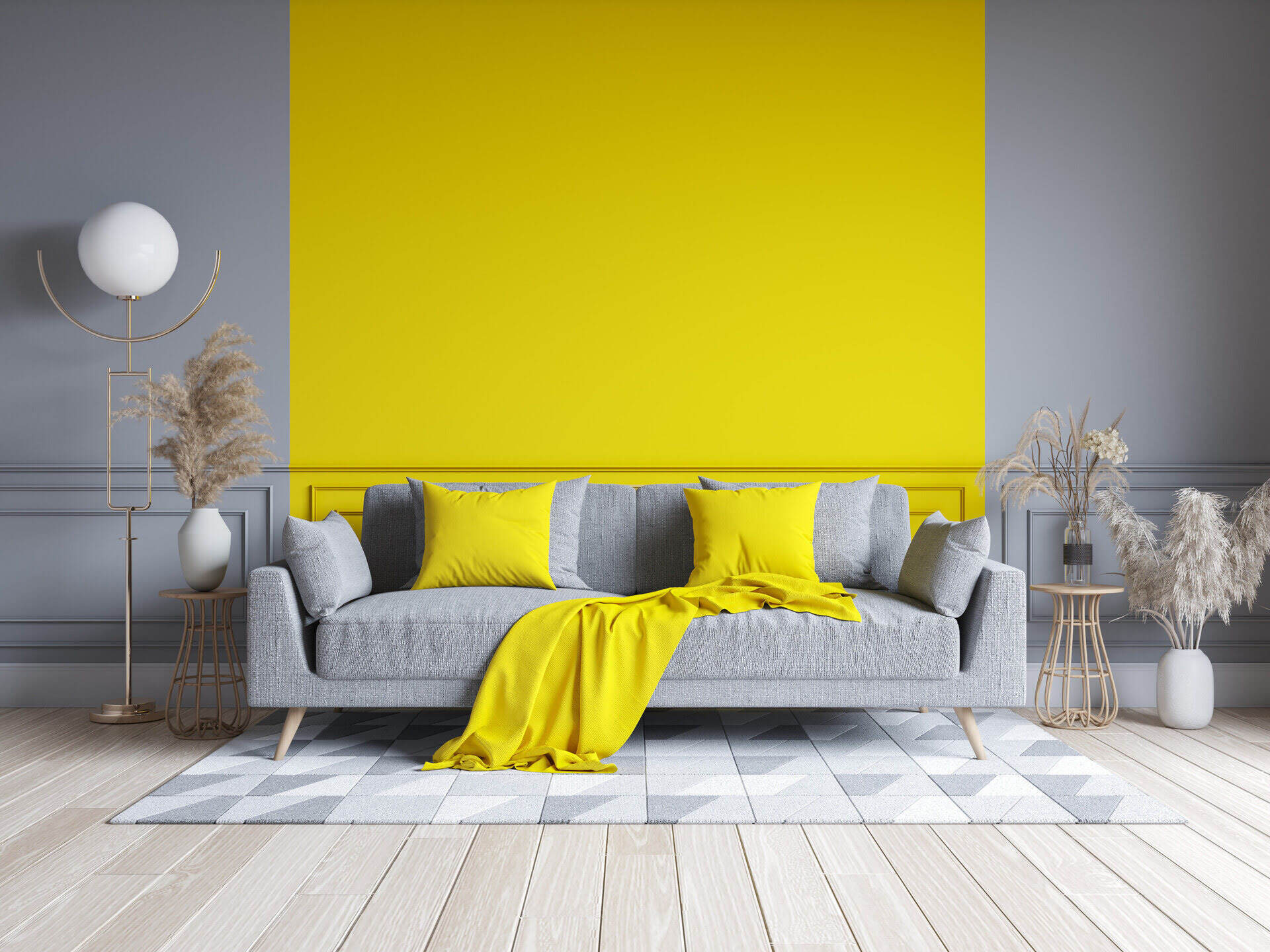


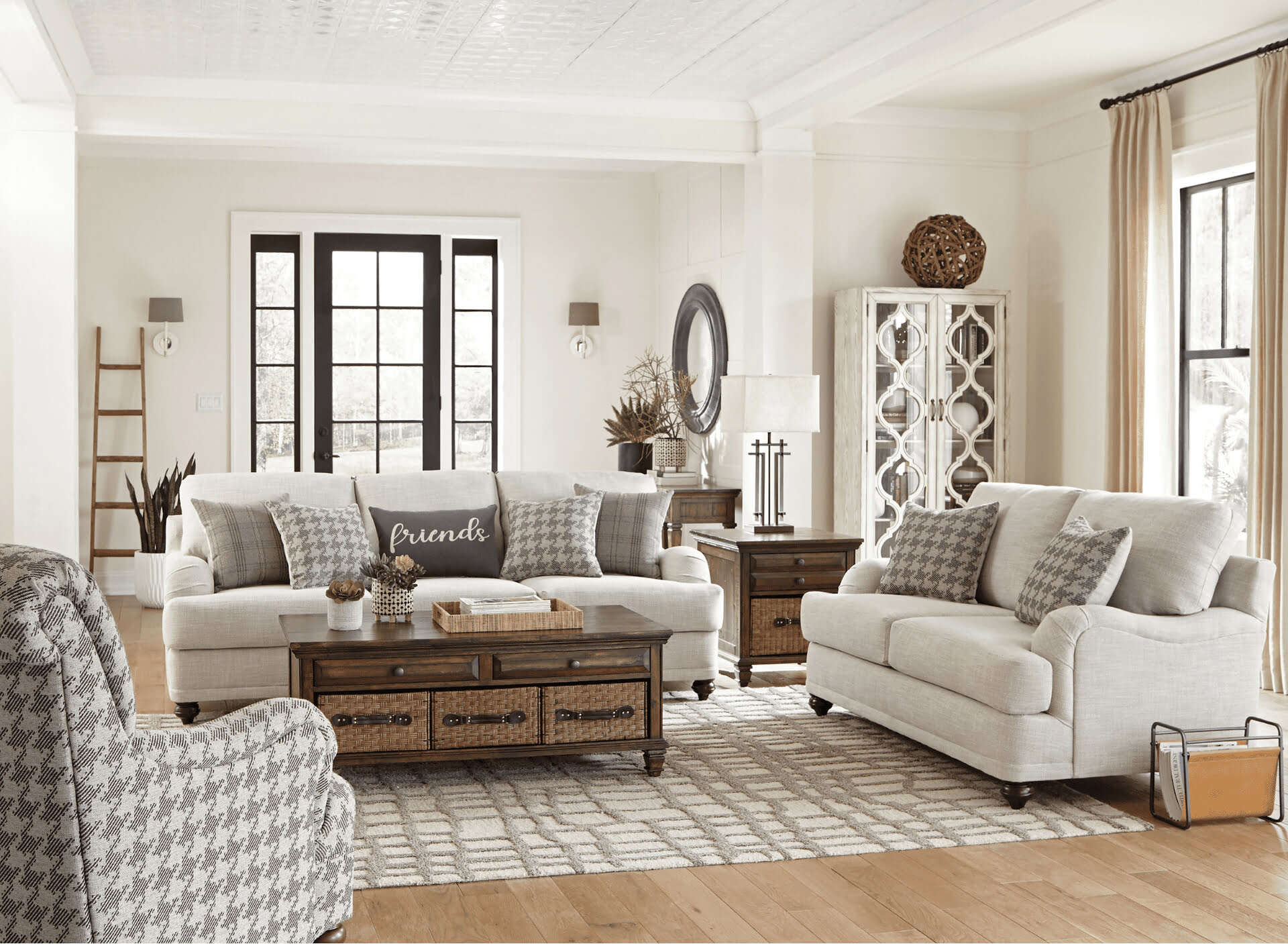
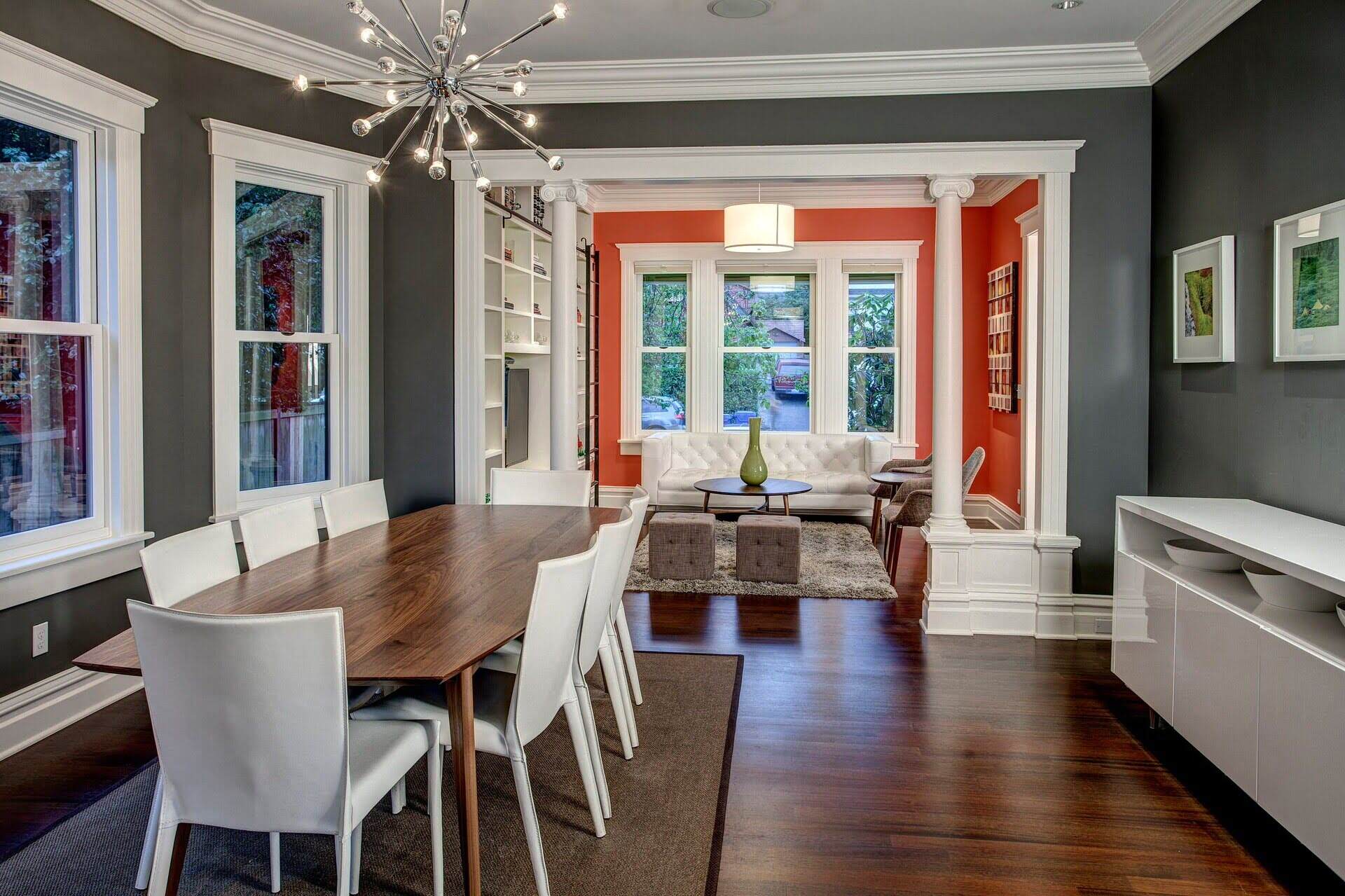

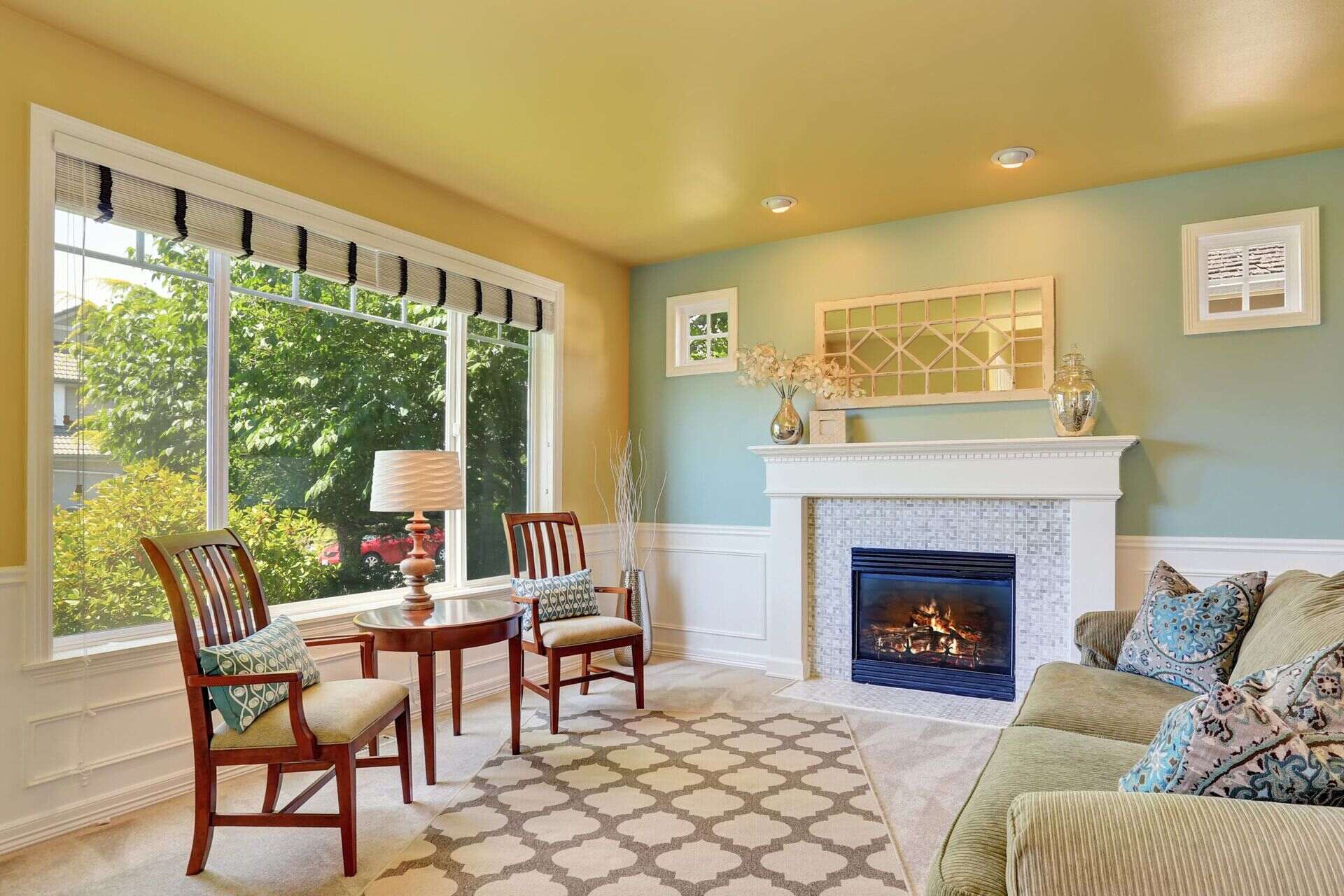
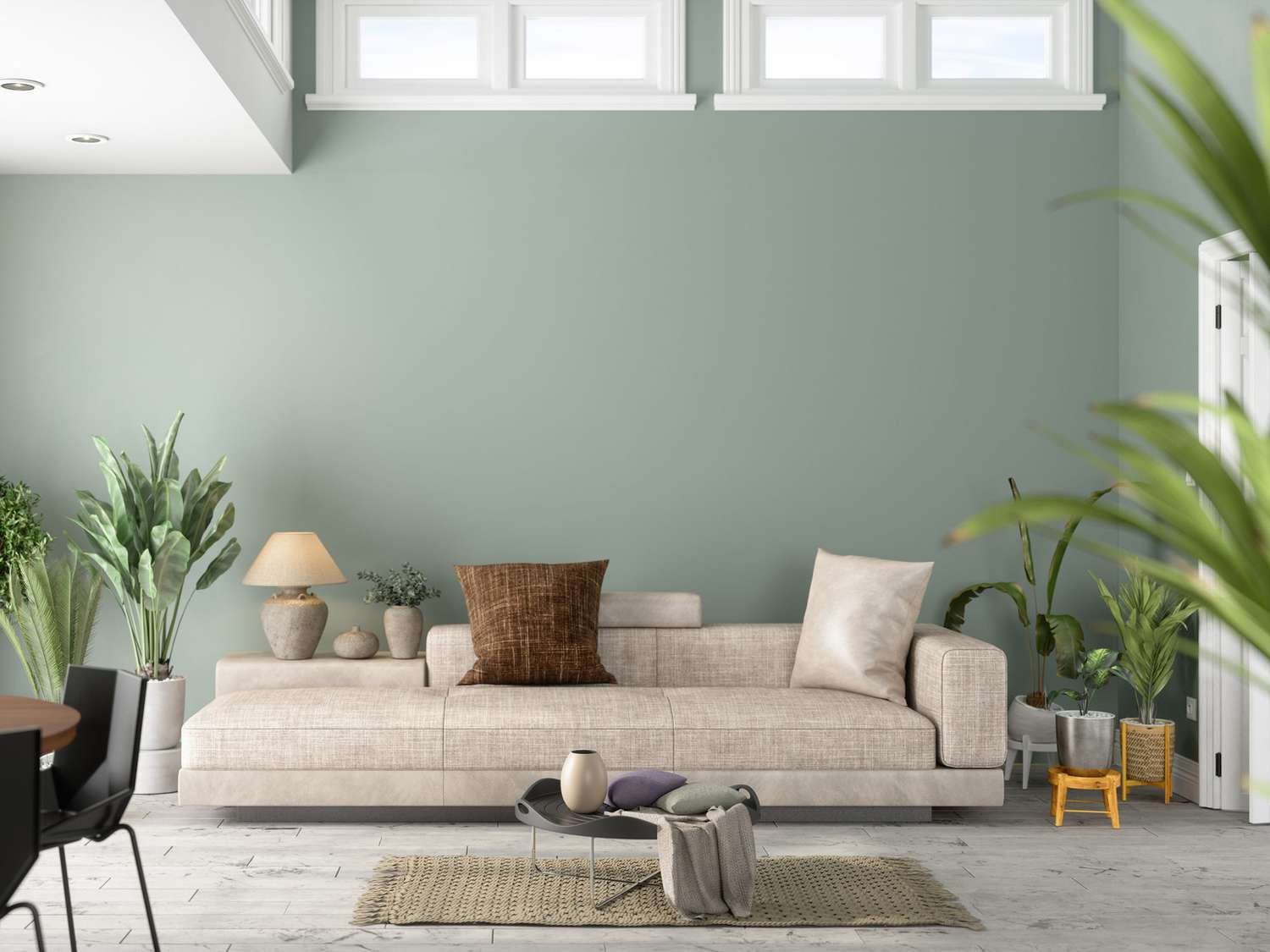

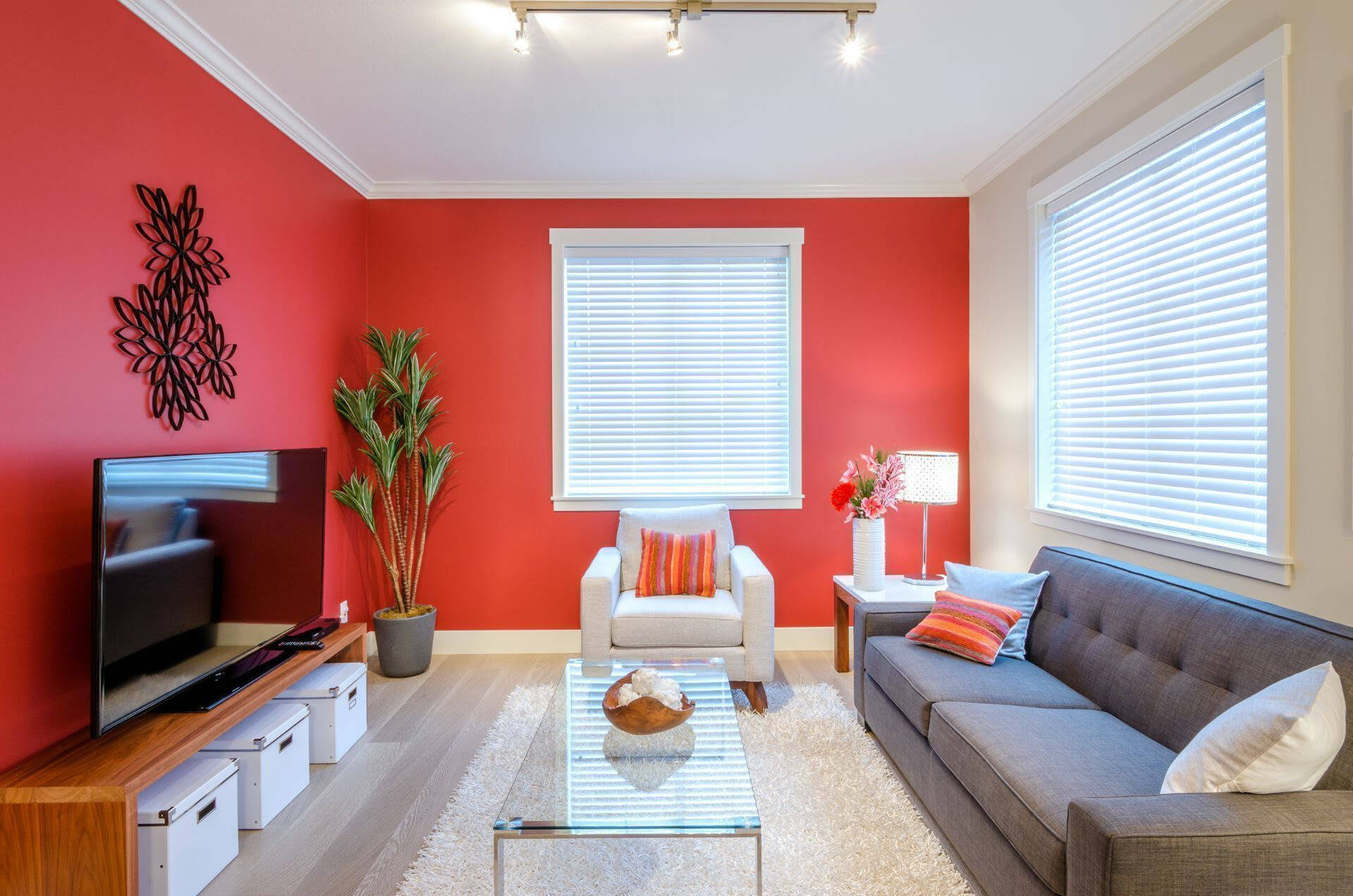

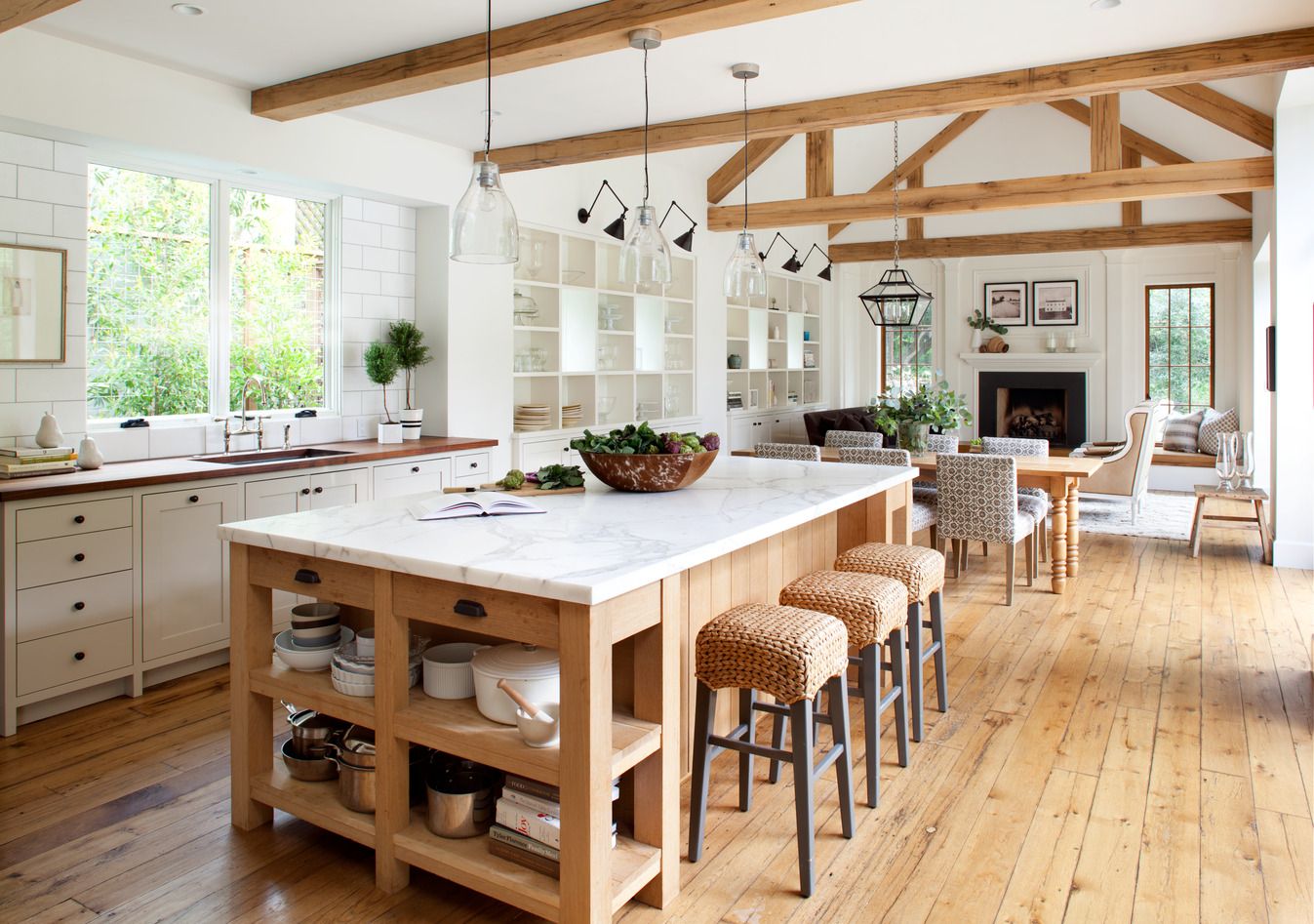

0 thoughts on “How Much Paint Needed For Living Room”